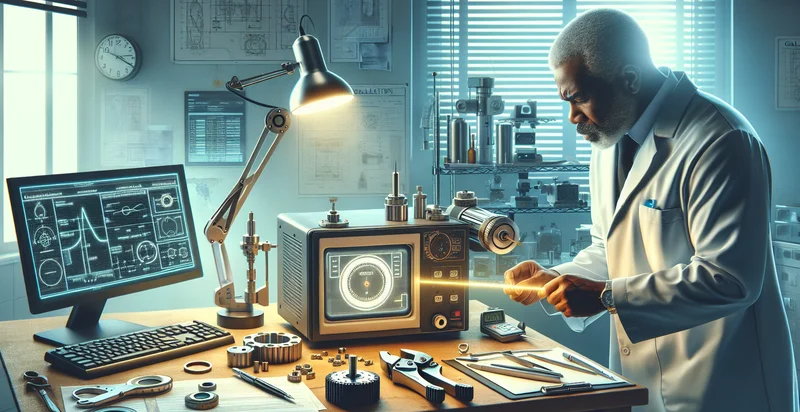Identify calibrated vs uncalibrated
using AI
Below is a free classifier to identify calibrated vs uncalibrated. Just upload your image, and our AI will predict if it's a cat - in just seconds.

Contact us for API access
Or, use Nyckel to build highly-accurate custom classifiers in just minutes. No PhD required.
Get started
import nyckel
credentials = nyckel.Credentials("YOUR_CLIENT_ID", "YOUR_CLIENT_SECRET")
nyckel.invoke("calibrated-vs-uncalibrated", "your_image_url", credentials)
fetch('https://www.nyckel.com/v1/functions/calibrated-vs-uncalibrated/invoke', {
method: 'POST',
headers: {
'Authorization': 'Bearer ' + 'YOUR_BEARER_TOKEN',
'Content-Type': 'application/json',
},
body: JSON.stringify(
{"data": "your_image_url"}
)
})
.then(response => response.json())
.then(data => console.log(data));
curl -X POST \
-H "Content-Type: application/json" \
-H "Authorization: Bearer YOUR_BEARER_TOKEN" \
-d '{"data": "your_image_url"}' \
https://www.nyckel.com/v1/functions/calibrated-vs-uncalibrated/invoke
How this classifier works
To start, upload your image. Our AI tool will then predict if it's a cat.
This pretrained image model uses a Nyckel-created dataset and has 2 labels, including Calibrated and Uncalibrated.
We'll also show a confidence score (the higher the number, the more confident the AI model is around if it's a cat).
Whether you're just curious or building calibrated vs uncalibrated detection into your application, we hope our classifier proves helpful.
Related Classifiers
Need to identify calibrated vs uncalibrated at scale?
Get API or Zapier access to this classifier for free. It's perfect for:
- Quality Control in Manufacturing: This use case involves identifying calibrated and uncalibrated sensors or instruments in a manufacturing environment. The function can help ensure that only calibrated devices are used in critical measurements, reducing the risk of defects and improving product quality.
- Medical Imaging Analysis: In the field of medical imaging, this classification function can be employed to differentiate between properly calibrated imaging equipment and those that are not. Correct calibration is crucial for accurate diagnostics, and this tool can help radiologists quickly assess the reliability of imaging results.
- Autonomous Vehicle Systems: Autonomous vehicles rely on numerous sensors for navigation and safety. This function can identify uncalibrated sensors in real-time, thus enhancing safety protocols and ensuring that the vehicle's decision-making processes are based on accurate data.
- Environmental Monitoring: Organizations that engage in environmental monitoring can use the classification function to assess whether their data collection instruments are calibrated. By ensuring that only calibrated devices are utilized, they can maintain the integrity of environmental data and comply with regulatory standards.
- Robotics and Automation: In robotic systems, calibration of sensors and actuators is vital for precise movements and operations. The identifier can help robotics engineers monitor sensor status, ensuring that only calibrated components interact with the system, thereby improving operational efficiency.
- Telecommunications Equipment: This use case involves managing the calibration status of telecommunications devices. By identifying uncalibrated equipment, network operators can take corrective actions to maintain service quality and reduce downtime caused by misconfigured devices.
- Agricultural Equipment Monitoring: In precision agriculture, the function can be applied to monitor the calibration of equipment such as soil sensors and crop monitors. By identifying uncalibrated devices, farmers can make informed decisions based on accurate data, ultimately enhancing yield and resource management.


